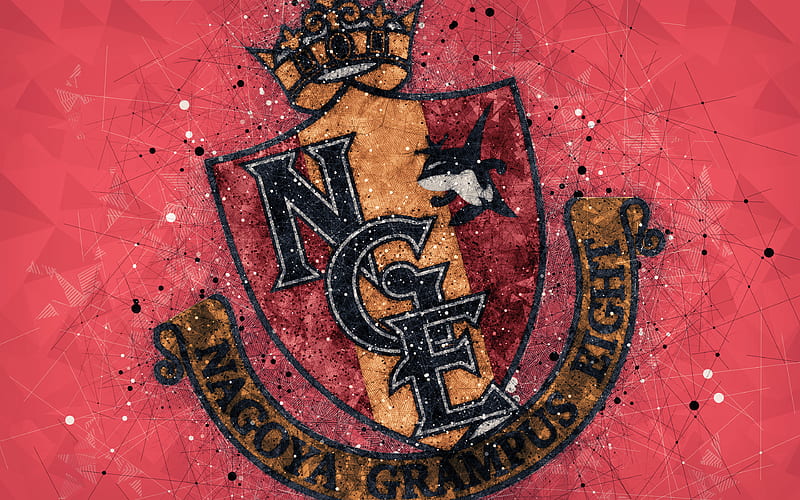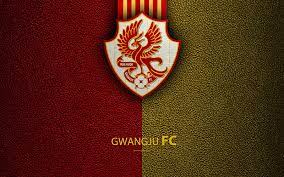
Nagoya Grampus Eight FC
A crucial aspect of Nagoya Grampus Eight FC’s long-term success has been its focus on youth development and nurturing local talent. Their youth academy functions as a foundational pillar, aimed at identifying raw talent early and guiding them through professional pathways. This strategy emphasizes sustainability, fostering distinct playing styles rooted in Japanese football culture, while also integrating international influences through scouting and training.
Investing in youth programs has allowed Nagoya Grampus to maintain a competitive edge and adapt to the evolving demands of professional football. These initiatives are designed not only to produce future stars but also to embed core values of teamwork, discipline, and resilience within the club’s ethos. The internal nurturing process creates a sense of loyalty and continuity, which is vital amid competitive pressures.
Over the years, many prominent players have risen through Nagoya’s youth system, emphasizing the club’s commitment to local community development and regional pride. Success stories like Keiji Tamada and Yuya Osako exemplify how robust youth programs can translate into national and international success, amplifying Nagoya Grampus Eight FC’s reputation.
Philosophy Behind Nagoya Grampus Eight FC
The philosophy guiding Nagoya Grampus Eight FC’s youth development centers on holistic growth, emphasizing technical skills alongside character-building. The coaching staff strives to cultivate not just athletic talent but also mental toughness and strategic understanding of the game, which are essential at the highest levels vuabet88.
This approach recognizes that talented players need guidance beyond physical training. By instilling tactical awareness and leadership skills early, the club prepares them to adapt seamlessly to senior team responsibilities. It also fosters a culture of continuous improvement, encouraging young players to innovate and take ownership of their development.
Another vital aspect is community involvement, where local schools and community centers collaborate with the club’s youth programs. This creates a nurturing environment that reflects Nagoya’s broader social fabric, enabling talented players from diverse backgrounds to find opportunities and pursue dreams within a supportive framework.
Challenges and Future Opportunities
Despite success stories and a robust framework, Nagoya Grampus Eight FC faces ongoing challenges in maintaining its competitive edge. The football industry’s global evolution demands continuous investment in scouting, coaching, and infrastructural upgrades. The club’s ability to adapt to innovation, such as sports science and data analytics, will be critical moving forward.
Future opportunities include expanding international collaborations, enhancing scouting networks across Asia and beyond, and leveraging digital platforms to engage youth and fans. With the growing popularity of Japanese football globally, Nagoya Grampus Eight FC stands poised to capitalize on emerging markets and develop even more diverse talent pools.
Moreover, strengthening the local community and building sustainable models for talent pipeline management are essential for long-term success. As the club’s reputation continues to grow, investing in these areas will ensure Nagoya Grampus remains resilient, innovative, and influential within the global football landscape.
Conclusion
Nagoya Grampus Eight FC’s history is a tapestry woven with perseverance, strategic vision, and passionate dedication. From humble beginnings rooted in corporate and regional pride, the club has evolved into a leading force in Japanese football, marked by historic wins, iconic figures, and a rich tradition of youth development. Its story not only highlights sporting achievement but also exemplifies how a club can serve as a vital cultural and social institution, inspiring communities and nurturing talent for generations. As Nagoya Grampus Eight FC continues to adapt and innovate, it remains a beacon of excellence and a symbol of Nagoya’s enduring sporting spirit in Japanese football’s dynamic landscape.





